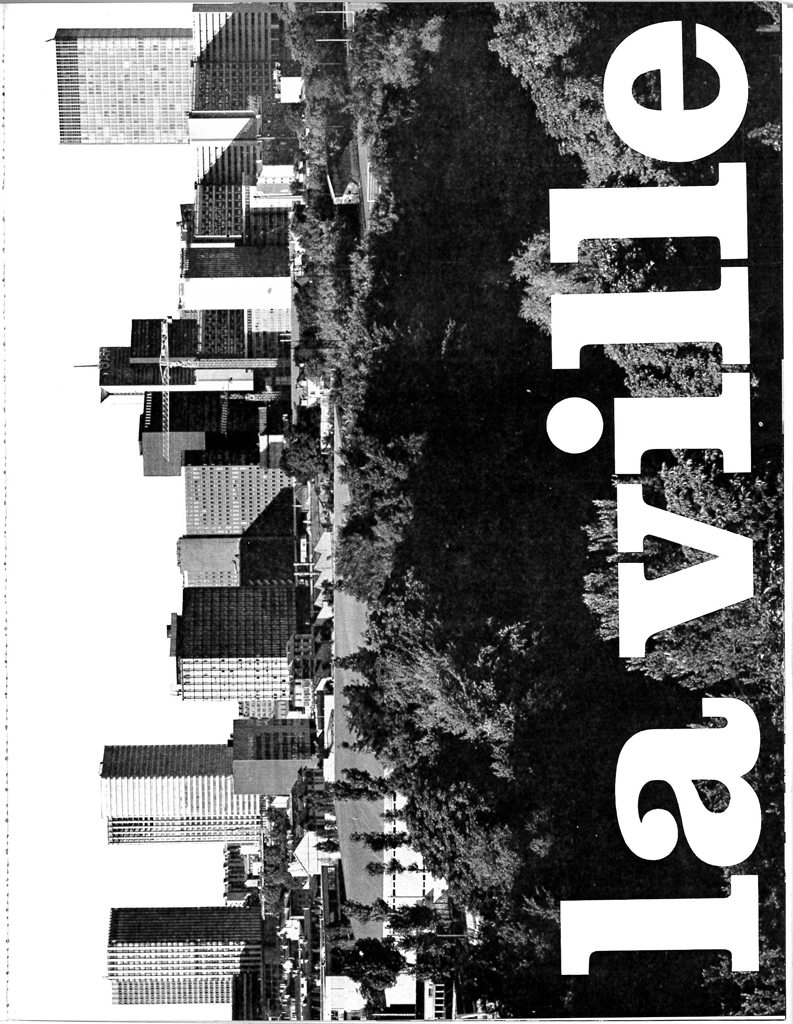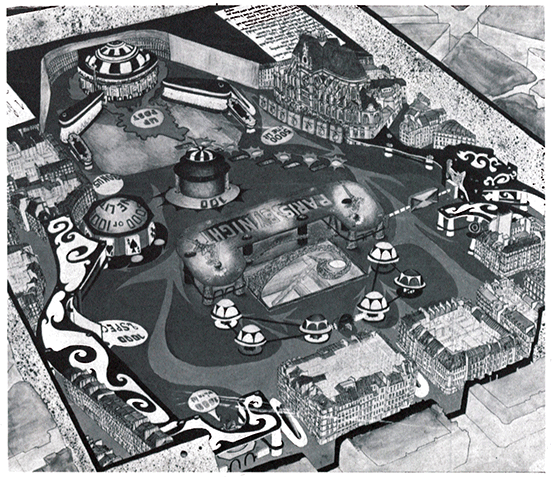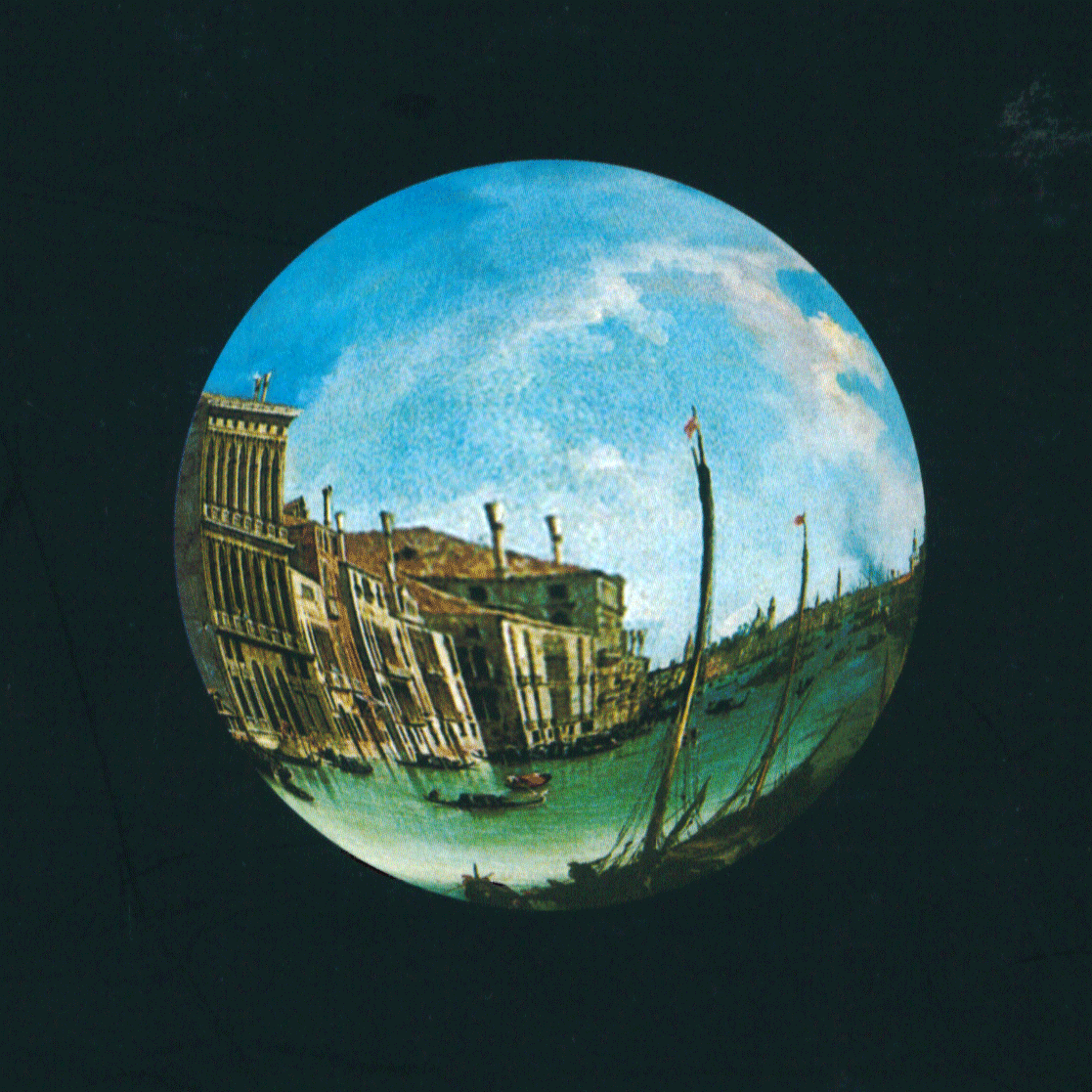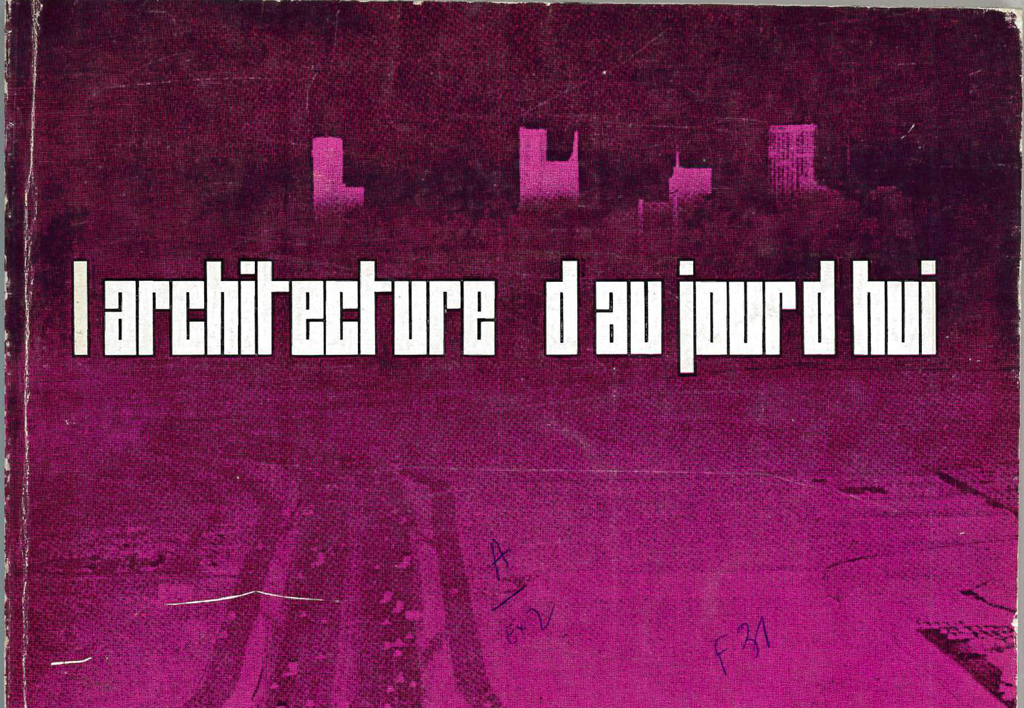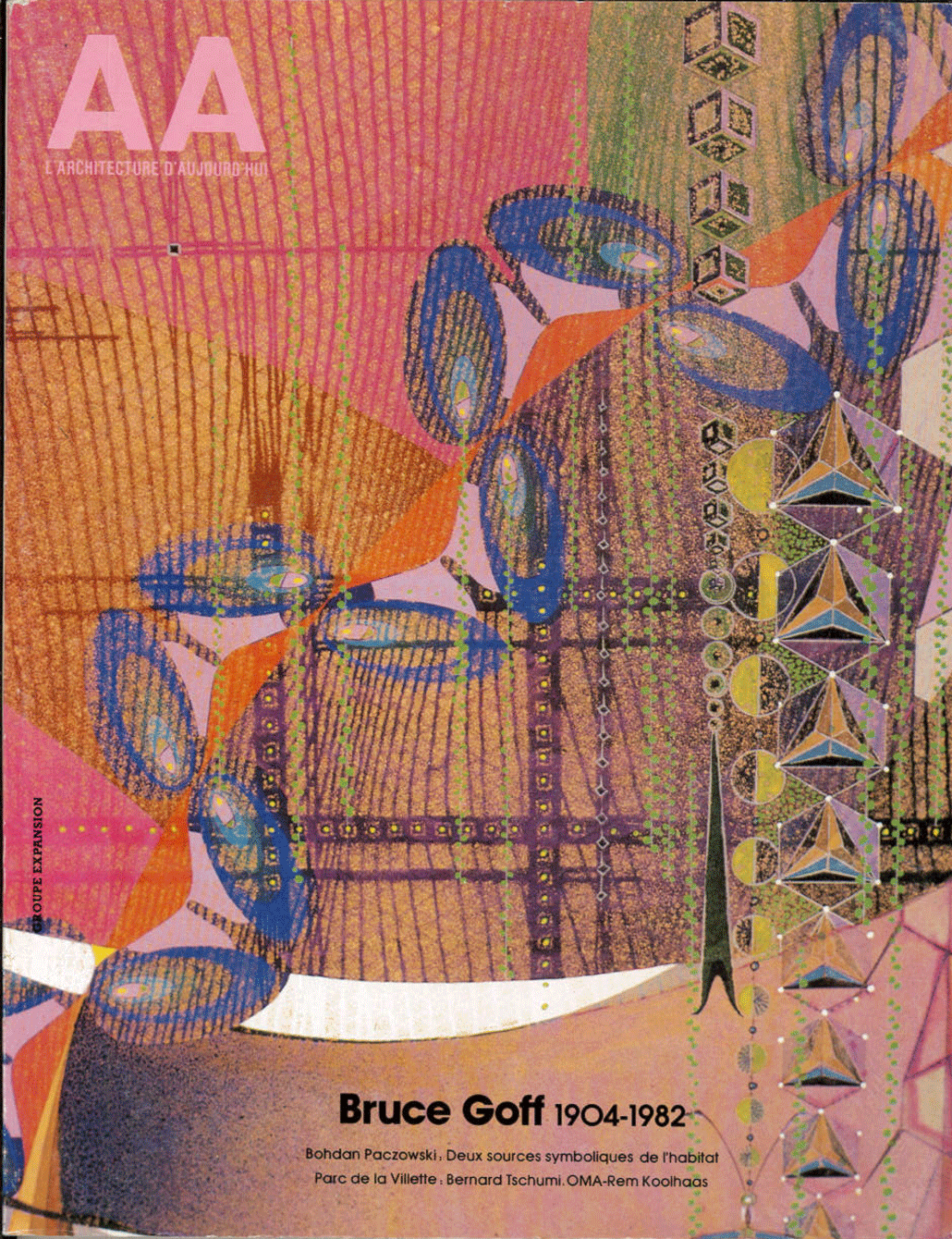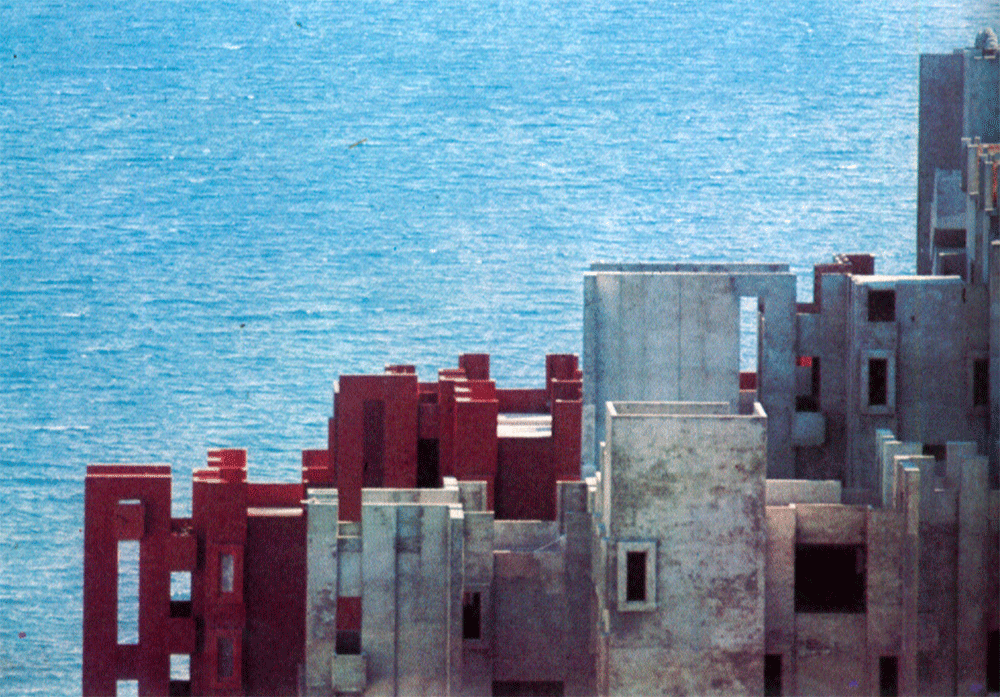AA Retro: Roland Barthes, Semiotics and Urbanism
Introducing a new AA Retro cycle, L’Architecture d’Aujourd’hui looks back on an essay written by Roland Barthes in 1971, Sémiologie et urbanisme, which traced a semiotic outline of urban space.
According to the author, space has always been significant, not only urban space but also human space in general.
« A world map drawn by Herodotus is constructed like a language, like a sentence, a poem, that is to say on opposites : between warm countries and cold countries, known countries and unknown ones; and then between men on one side and chimeras on the other side, etc. »
If past urbanists’s theories had little concern for semiotic problems, Barthes sees roads, fences, neighborhoods, hubs and reference points as units that could easily be apprehended as semantic categories.
If the city is written in a language opposing semantics and objective geographic realities, then, according to Barthes, multiple readings of it are needed to understand the signs at play.
Click on the image to read the full article (n°153).
